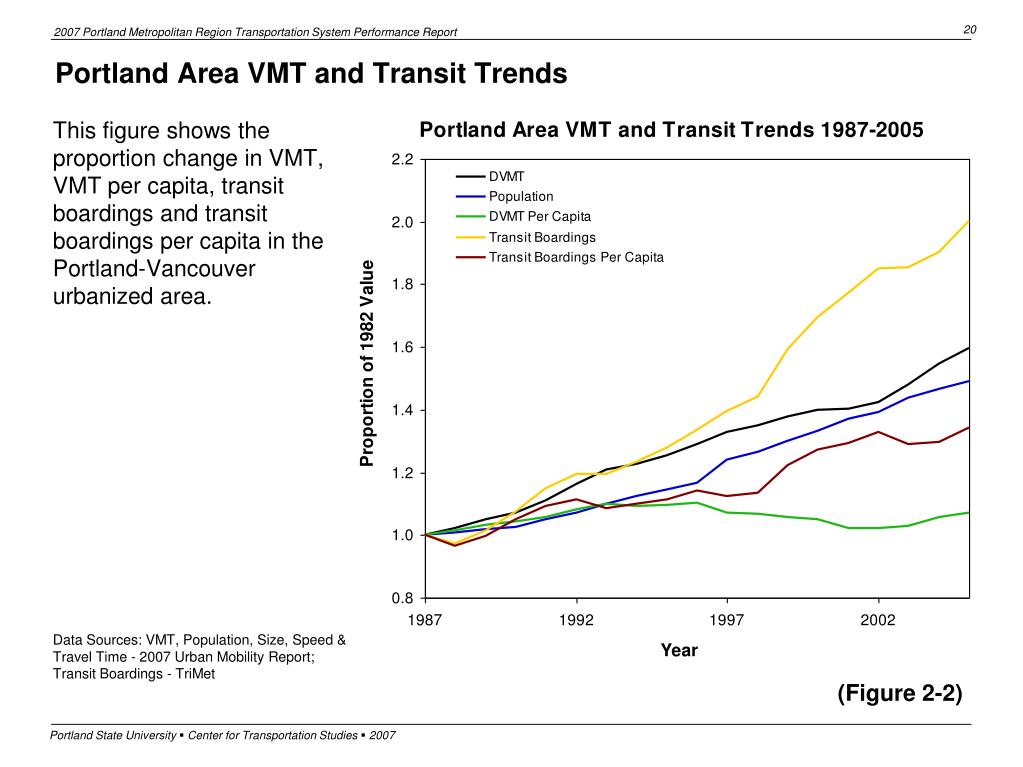

ShaderName is special, as it is the only property where // the value we want is the key itself. However, you can define your own definition below: package foo See the Properties struct in this package for the default material. If you've ever used the build-in json package, this should be familiar. Var kv *keyvalues.KeyValue // create this elsewhere Mat,err := vmt.FromStream(stream, result)įrom existing /galaco/keyvalues Mat,err := vmt.FromFilesystem("metal/metal_01.vmt", fs, result) var fs *filesystem.Filesystem // create this elsewhere This is the recommended solution, as it is the only method of resolving a material that There are 3 ways to read material definitions using this package:įrom a /golang-source-engine/filesystem These can be extracted from Source game files using GCFScape.
You need to have the extracted texture files in the original directory structure (If there are parameters missing from the standard Properties definition, please submit a PR to add them.įor now, nested properties are unsupported (e.g. File -> Import -> Source Engine Material (.vmt) Allows importing a single material from a. Properties mustīe correctly typed in whatever definition is used. You can use either the Properties struct provided, or a custom definition to only get the properties desired. This package exists to reduce the pain of parsing materials.

Vmt's in Source can be a little painful large number of possible parameters, many being Vmt is a parser for Valve Material Format (. ( i ) A new or existing source with emissions of 10 or 25 tons, except the VMT source, and a new source with emissions less than 10 and 25 tons, except.


 0 kommentar(er)
0 kommentar(er)
